When Anger Flashes and Sticks Around
You know that moment when anger strikes suddenly? It could be a sharp comment in a meeting, shocking news that twists your stomach, or a driver cutting in front of you as if they own the road. That initial burst of heat is swift. But what really trips us up isn’t the spark itself; it’s what follows afterward after.
That’s what we call the afterburn, those relentless mental reruns, the imaginary comebacks, and that stubborn jaw lock lingering hours later, whether you’re cooking dinner or just scrolling through your phone. Even though the scene has faded, your body and mind just can’t seem to let it go.
Here’s what ACT (Acceptance and Commitment Therapy) suggests: the goal isn’t to make anger go away completely, because honestly, when has that ever really worked? Instead, the skill involves recognizing the story your anger is narrating in your mind (defusion) and creating a small space for the fiery sensation in your body (acceptance) to prevent it from taking over your next action move (1).
The science shows that being kind to ourselves in this way can make a big difference. When we try to force or dwell on anger, it often makes us feel more upset. Instead, if we acknowledge our feelings without judging or fighting them, we tend to calm down more quickly. Simply naming what we’re experiencing can also help settle our mind.
The 90-Second Heat → Headline → Handle Drill
Here’s a simple trick you can try anytime. No rituals, no silence required, and no need to “be Zen.” Just follow these three easy steps that take less than two minutes.
Step 1: Heat. Take a moment to gently scan your body. Where do you notice the anger showing itself? Is your jaw clenched? Are your shoulders feeling tight? Is your face warming up? No need to fix anything right now, just acknowledge it. Say aloud, “Jaw tight,” “Neck hot,” or “Hands buzzing.” It’s almost like giving your feelings a friendly roll call. And then gently remind yourself, “It’s okay for this heat to be here with me.” That brief moment of giving permission is actually a form of acceptance, your way of saying, “You’re here, but you don’t get the wheel.”(3)
Step 2: Headline. Now, take a moment to notice the headline your brain is scrolling through. It might be something like: “They disrespected me,” or “This is unforgivable,” or “Why does this always happen to me?” Think of it as calling it a headline, it helps to turn it from a fixed fact into just a passing sentence. It’s like gently holding it up in front of you instead of having it pressed against your mind, giving you a little space to breathe and reflect. (4)
Step 3: Handle. Here’s your chance to take control. Pause for a moment and ask yourself: What’s one small thing I can do right now that aligns with the person I want to be? Not the angriest version of myself, but the calm, steady one. It might be writing a quick recap email instead of dwelling on things, setting a gentle boundary, or deciding on a simple, clear request for the next meeting. It doesn’t have to be a big step. The important thing is YOU are making a choice.(5)
Imagine the whole process as a simple mantra: carry the heat, drop the hook, and then do the next right thing. It’s a gentle reminder that each step guides you forward with purpose and clarity.
How This Looks in Real Life
Let’s put it in some everyday messiness:
Workplace jab.
Heat: “Jaw clenched. Chest feels hot.”
Headline: “They’re undermining me again.”
Handle: Rather than replying impulsively, you gently send your boss a straightforward three-line update: Done / Next / Blocker. This way, you come across as clear and professional, not clenched.
News rage.
Heat: “Forearms buzzing.”
Headline: “Everything’s broken.”
Handle: You can make a difference by donating just $5, making a civic call, or sharing a helpful resource, then take a moment to turn off the news after 10 minutes. This way, your passion transforms into something positive instead of lingering in frustration.
Family button-push.
Heat: “Neck feels hot.”
Headline: “They never show me respect.”
Handle: You prepare a single boundary sentence to say calmly once. If the boundary is crossed again, gently step away. It’s a gentle way to avoid unnecessary drama and regret.
Why Not Just “Count to 10”?
Here’s the thing about the idea of “count to 10 and move on”: suppression leaks. You might manage to keep a neutral face while you’re feeling boiling inside, but that feeling doesn’t just disappear. It stays there and often comes out unexpectedly later in ways you might not anticipate.
Acceptance doesn’t drain your energy like fighting against your feelings. Instead, it conserves your mental strength for other parts of your day, making things easier for you. Labeling your feelings can also help because it calms the brain’s alarm system. Every time you practice this simple three-step process, you’re gently teaching yourself to stay flexible, able to live by your values even when your emotions are intense. It’s a kind and encouraging way to grow your emotional resilience.
Quick FAQ (Because We All Google This Stuff)
So, what exactly is mindfulness for anger?
It involves observing what’s occurring, identifying it, and then taking a small action that aligns with your values, even if you’re still feeling angry.
How do I use this at work without looking weird?
Sneak in the Heat → Headline → Handle drill between emails or before the next meeting. Nobody will know.
Does acceptance mean I just let people walk all over me?
Not at all. Acceptance isn’t about giving in, it’s about creating space for the heat within so you can respond with clarity on the outside. It’s not about collapsing, it’s about gaining control.
Try It Right Now
Okay, let’s take a moment to practice together. Breathe deeply and locate where you feel heat in your body. Identify it clearly. Summarize your anger with a quick headline, one sentence your mind is loudly sending. Then, gently ask yourself: what’s one small, values-based step I can take right now?
That’s it. Three minutes tops.
Anger can still flare, that’s part of being human. But the afterburn? That’s optional.


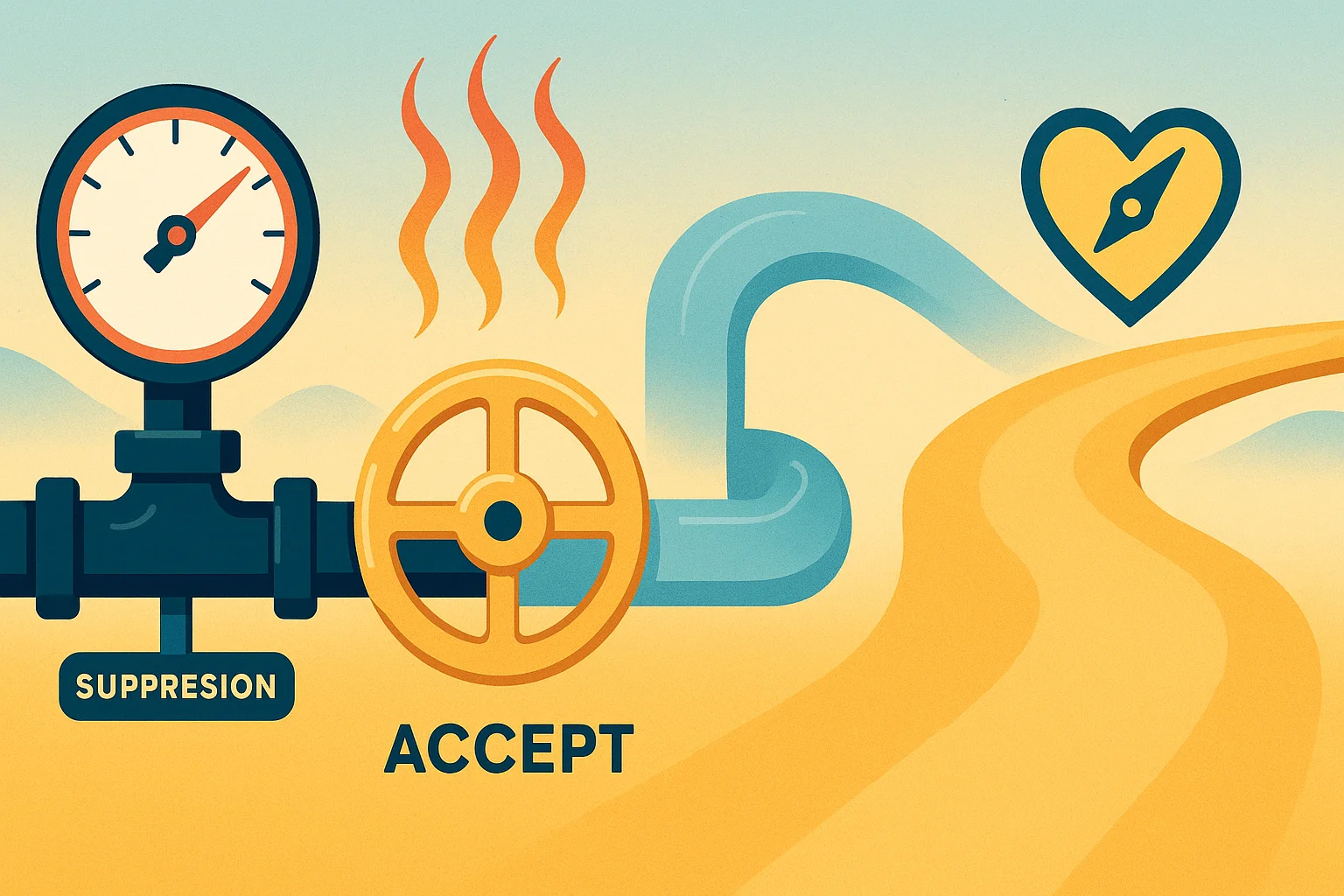
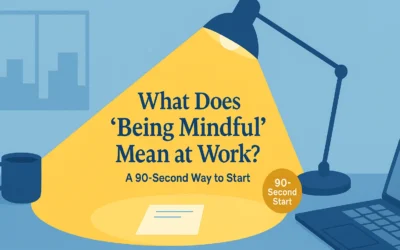
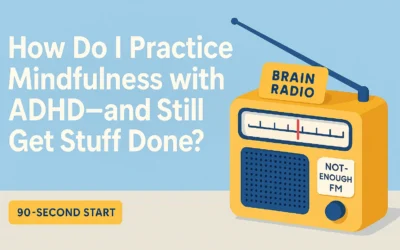

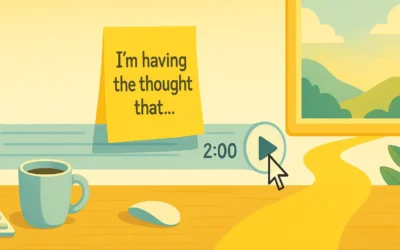
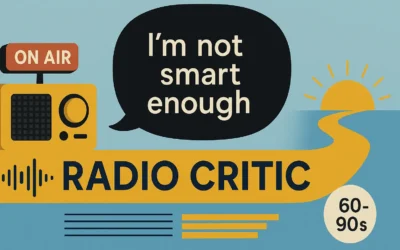
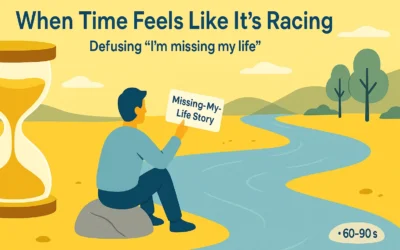
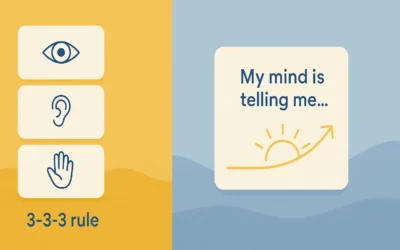



0 Comments